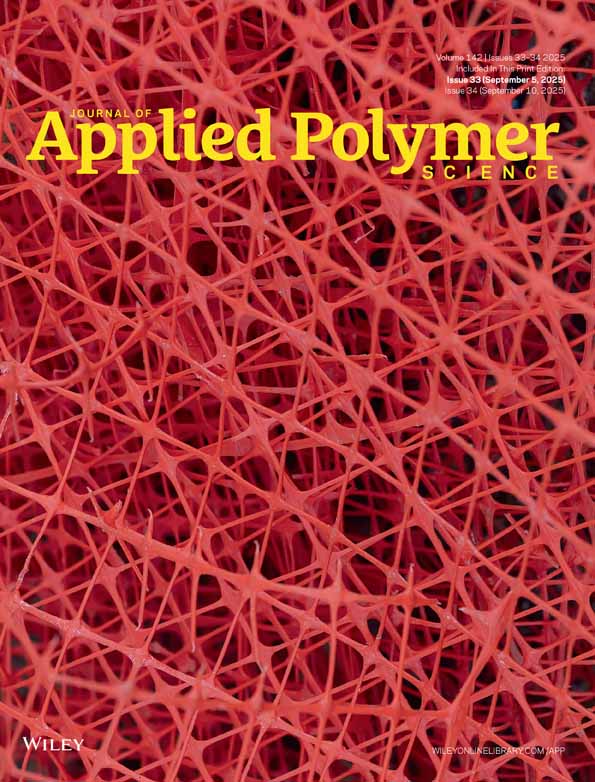A simple three-descriptor model for the prediction of the glass-transition temperatures of vinyl polymers
Abstract
An artificial neural network (ANN) implementing a back-propagation algorithm was applied for the prediction of the glass-transition temperature (Tg) values of 84 polyacrylates and 21 polyvinyls. The experimental Tg data of the polymers were divided into a training set (50 polyacrylates) and a testing set (34 polyacrylates and 21 polyvinyls). Three molecule descriptors (mean atomic van der Waals volume, bond information content, and three-dimensional molecule representation of structures based on electron diffraction descriptor for signal 13/weighted by atomic masses, Mor13m) were used as input parameters of the neural network. Simulated with the optimum back-propagation ANN 3-[3-2]-1, the root mean square (rms) error for the testing set was 17.7 K, and the correlation coefficient was 0.942, which were accurate in comparison with existing models. The ANN model could be used not only to reveal the quantitative relation between Tg and the molecular structure but also to predict the Tg values of the polyacrylates and polyvinyls. © 2009 Wiley Periodicals, Inc. J Appl Polym Sci, 2010




